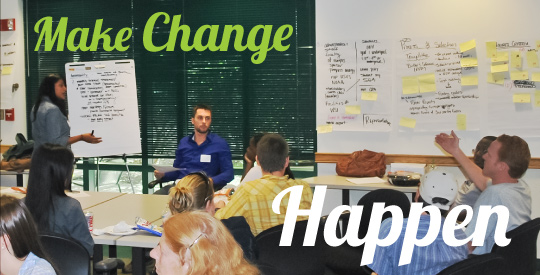
USF St. Petersburg Campus Faculty Publications
Perceived personnel development needs of postsecondary disabilities services professionals.
Document Type
Article
Publication Date
2004
Abstract
Students with disabilities have begun to make significant strides with regard to the fulfillment of traditional adult roles. Though not perfect, transition planning has improved the outcomes for students with disabilities who enter college and matriculate. However, many barriers still exist for students with disabilities who have a desire to continue their education following high school. There has been a significant increase in the supports available for students with disabilities at the postsecondary level, but these services are rarely appropriately planned or validated as effective. An important step toward well-planned and empirically validated services is the appropriate professional preparation of the staff who oversee services for students with disabilities at colleges and universities. In fact, the President's Commission on Excellence in Education has recommended that all relevant postsecondary level personnel be provided supports that will allow greater numbers of students with disabilities to successfully complete a postsecondary education. This manuscript describes postsecondary disability service providers and the supports their offices need to offer. It reviews the evidence that training is necessary and recommends methods for improving personnel preparation.
Publisher
Teacher Education Division of the Council for Exceptional Children
Recommended Citation
Dukes, L., & Shaw, S. (2004). Perceived personnel development needs of postsecondary disabilities services professionals. Teacher Education and Special Education, 27(2), 134-45. doi: 10.1177/088840640402700205
Creative Commons License

This work is licensed under a Creative Commons Attribution-Noncommercial-No Derivative Works 4.0 License.


Comments
Abstract only. Full-text article is available only through licensed access provided by the publisher. Published in Teacher Education and Special Education, 27(2), 134-45. doi: 10.1177/088840640402700205 Members of the USF System may access the full-text of the article through the authenticated link provided.